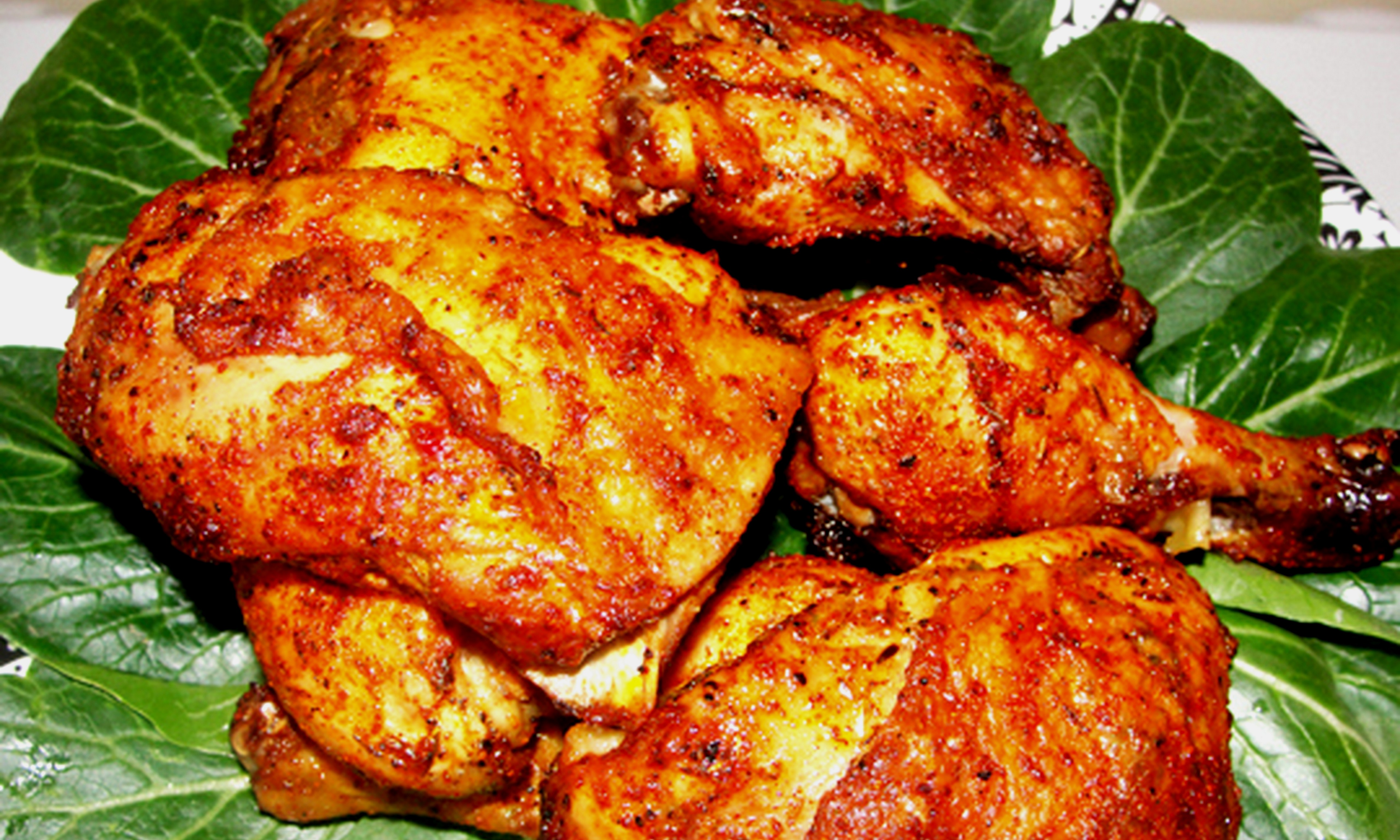
You couldn’t go greener than West Africa. West Africa’s most precious assets are its natural resources, most of which are biodegradable. Agriculture is the order of the day. West Africans eat a lot of greens, carbohydrates, meat, fish, and vegetables.
Agriculture and fishing are not only a source of income they are the way of life. For ages, African natural resources have drawn excavators from every corner of the globe. The climate is warm, environment and culture are raw, untapped and organic. The food you eat there is fresh from nearby gardens or farms. Eggs, beef, chicken pork, and fish come fresh from the farm, river or ocean. If you eat seafood you have a collection of organic crabs, shrimps, lobsters, and scallops. Most of what you eat in Africa is organic.
For meat, many families rare sheep, cattle, chicken, pigs, and goats. It’s almost impossible not to eat organic food in West Africa since everything grows or tills from the soil. Palm oil is derived from palm nuts or palm trees as a traditional oil that West Africans will come to use for cooking. It is highly nutritious and good for the system.
JOLLOF RICE
This cuisine originated from Senegal and the Gambia but it is served throughout West Africa. Senegal and the Gambia are home to the Jollof (Wollof) tribe and the Mandinka (Mandingo) tribe. They call this dish, Benachin. The Jollof first introduced Jollof rice which is rice cooked with tomato paste and special spices and seasoning added to create the flavor. It is also served with vegetables and a choice of beef, fish, lamb, pork, chicken or goat meat.
This is one of the most delicious meals you will remember having. Rice is a staple in West Africa but along with rice people eat potato, yam, eddo, and cassava. Moreover, West African food is normally served as rice and sauce combo. Jollof rice is the only dish that mixes the two in one but it can also be served with stew and side dishes.
PEANUT STEW (also know as) GROUND NUTS SOUP
This is a delicious meal that was first introduced by the Mandingo tribe. The ground nuts soup is primarily made from peanut butter. When peanut butter is boiled with water it becomes a delicious creamy sauce in which one could add steamed fish, beef, pork, sheep, goat or chicken meat (optional). It’s quick and easy to prepare. Most African dishes are prepared with specific spices to give the right flavor. Emphasis is placed on vegetables.
The Mandingo tribe is a sub-tribe from the Mende tribes. Their peanut butter stew can be found all over West Africa, being cooked among all tribes. Much like other cuisines this ground nuts soup can be eaten with rice or potatoes. It is another finger-licking West African dish that many in the West may not know of.
BEEF, CHICKEN OR FISH STEW
This stew is sometimes called the red stew because of its color. It is similar to the ground nuts soup but without the peanut butter. It’s cooked with palm, coconut or vegetable oil (optional) then tomatoes are fried or boiled with vegetables and an option of seasoned fish, chicken, pork, lamb, goat or beef (optional).
It was introduced by the Krio, who are descendants of ex-West Indian and African American slaves that repatriated to West Africa after slavery was abolished. Many repatriated Africans were settled in Nigeria, Ghana, Sierra Leone, The Gambia, Liberia, Guinea, The Ivory Coast and Senegal. They each cook a similar version of the beef stew cooked in the West and served with rice. It is another mouth-watering dish that restaurants do not serve enough of.
CASSAVA LEAVES & RICE
I’ve never met a first timer who tried cassava leaves and didn’t love it. It is cooked out of the leaf of the cassava plant. You grind the leaves and steamed them in palm, coconut or vegetable oil (optional). A bit of peanut butter and okra are added. This is a traditional meal from West Africa which is highly desired. Each tribe calls it by a different name but the cooking and taste are similar across the board. It is served with white rice. If you want to win a West African over, you should learn how to prepare this meal. It is another mouth-watering dish that is mostly served in Sierra Leone, Guinea and Liberia but can be found everywhere in West Africa.
POTATO GREENS & RICE
Potato green is cooked in a similar manner as Cassava leaves. The leaves are washed chopped and fried with oil. Then you have a choice of adding seasoned beef, lamb, pork, goat, fish or chicken maybe even shrimp, lobster or crabs if you eat seafood. It is a highly nutritious meal which tastes so good you may not want to eat anything else for a while. This dish is prepared by all tribes.
FUFU AND PEPPER SOUP
Fufu is similar to a mashed potato. Basically, it’s mashed cassava or yams. Cassava/yam grind to a powder and the powder cooked in water until it forms. Some cook the cassava/yam whole until its soft and then pound it into a mold. Then vegetables are boiled in water with tomato paste and a chef’s choice of chicken, beef, goat, lamb, pork or fish. When it’s done the pepper soup is poured over the fufu and served. You will find this food in Nigeria, Togo, Benin, Ghana, Guinea, The Ivory Coast, Sierra Leone or Liberia. West Africans cook and serve fufu in a verity of ways, based on the culture or the tribe that’s preparing the meal. Ghanaians and Nigerians are known to serve a variety of fufu than any other countries in West Africa.
PEPPER SOUP
Pepper soup is a spicy soup which is made from water and hot peppers and then served with beef, lamb, chicken or fish (optional). Along with other spices, vegetables are also boiled in the soup. This dish will have your mouths watering. It can be served with rice also.*
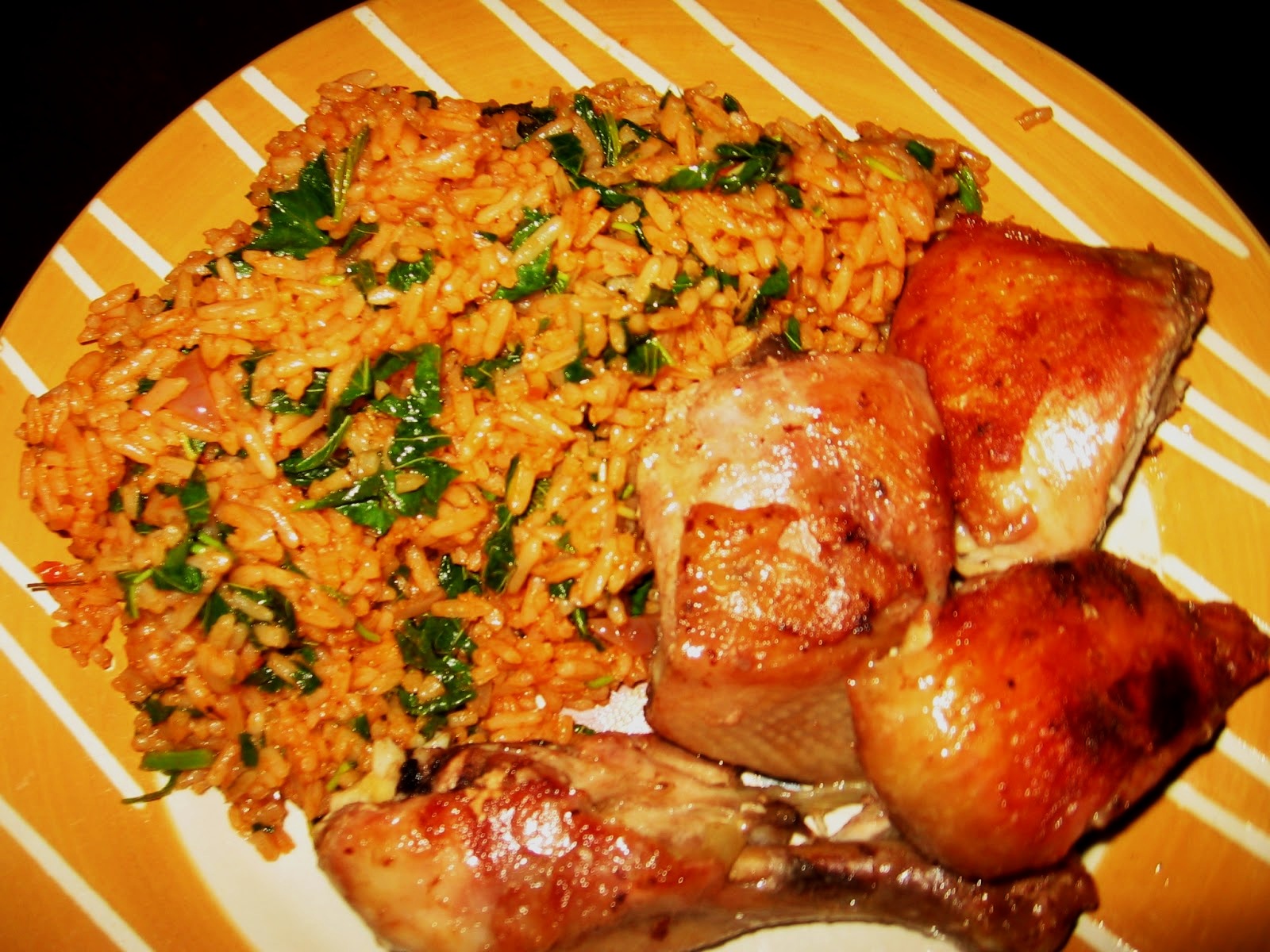
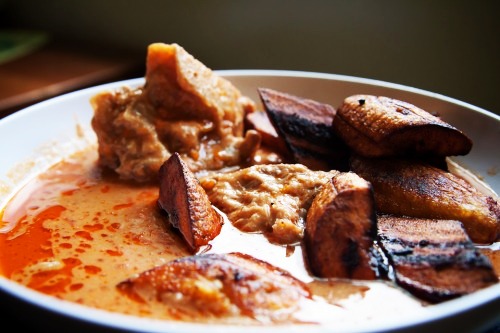
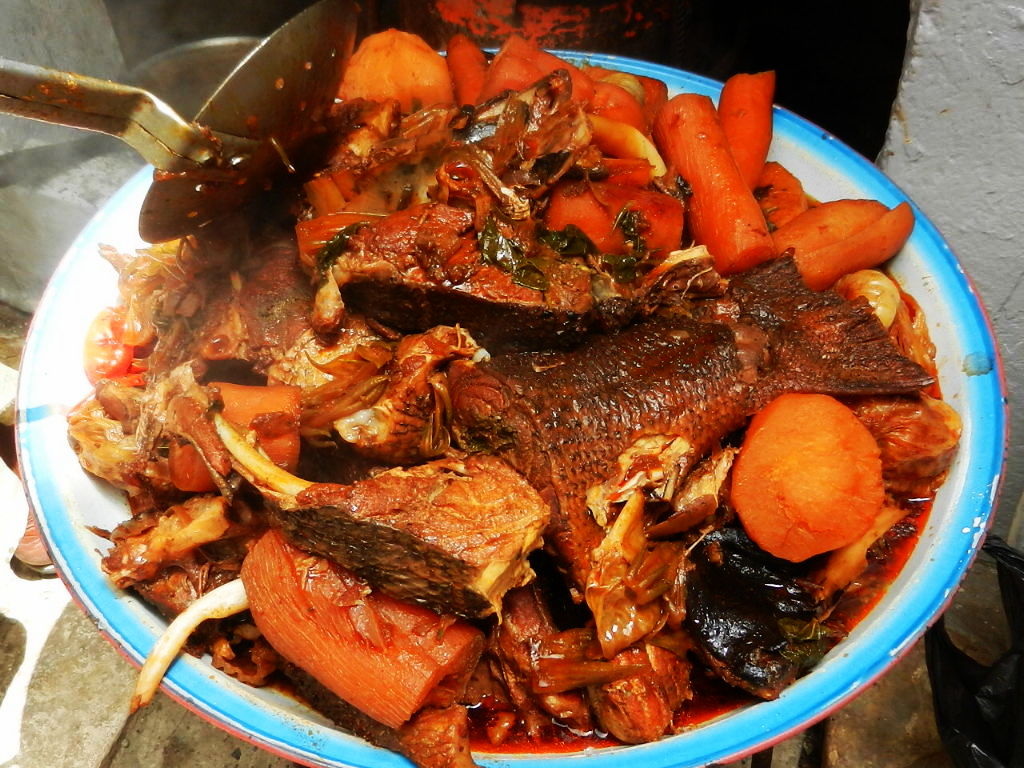
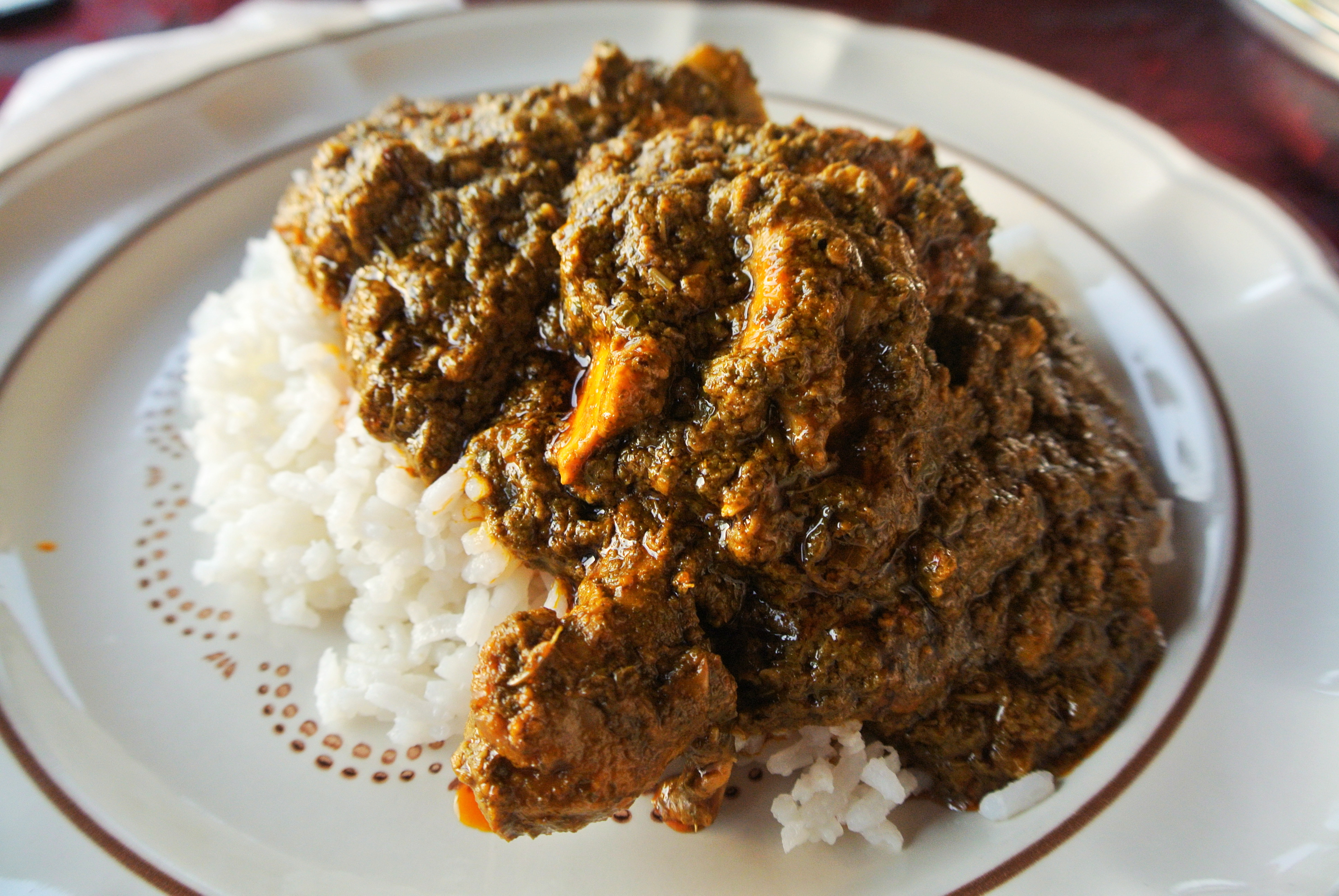
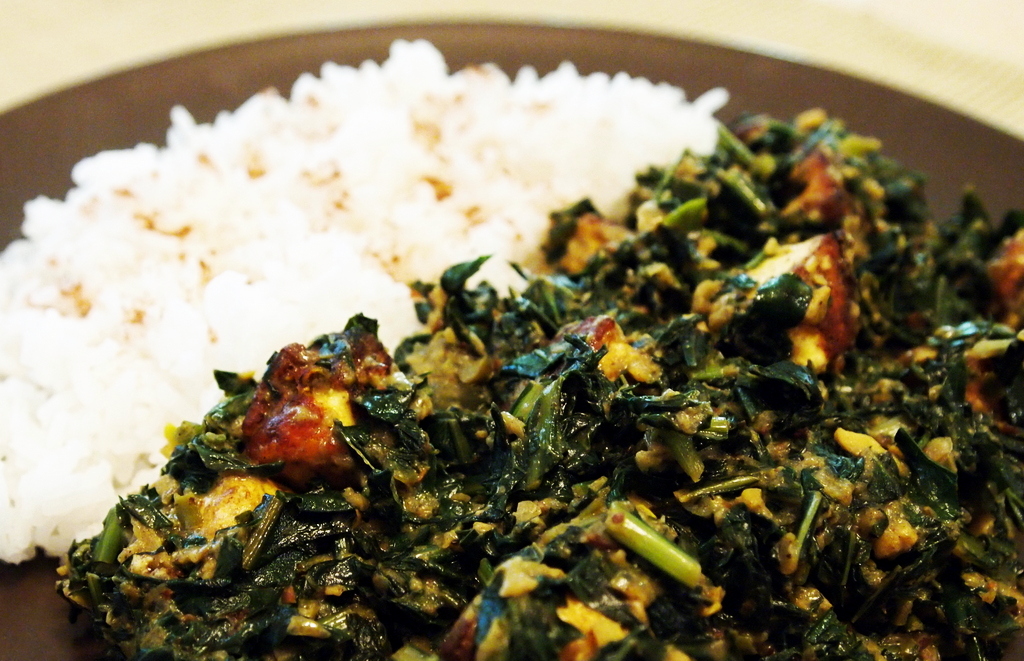
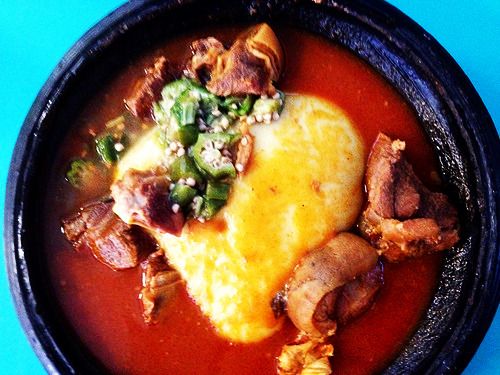
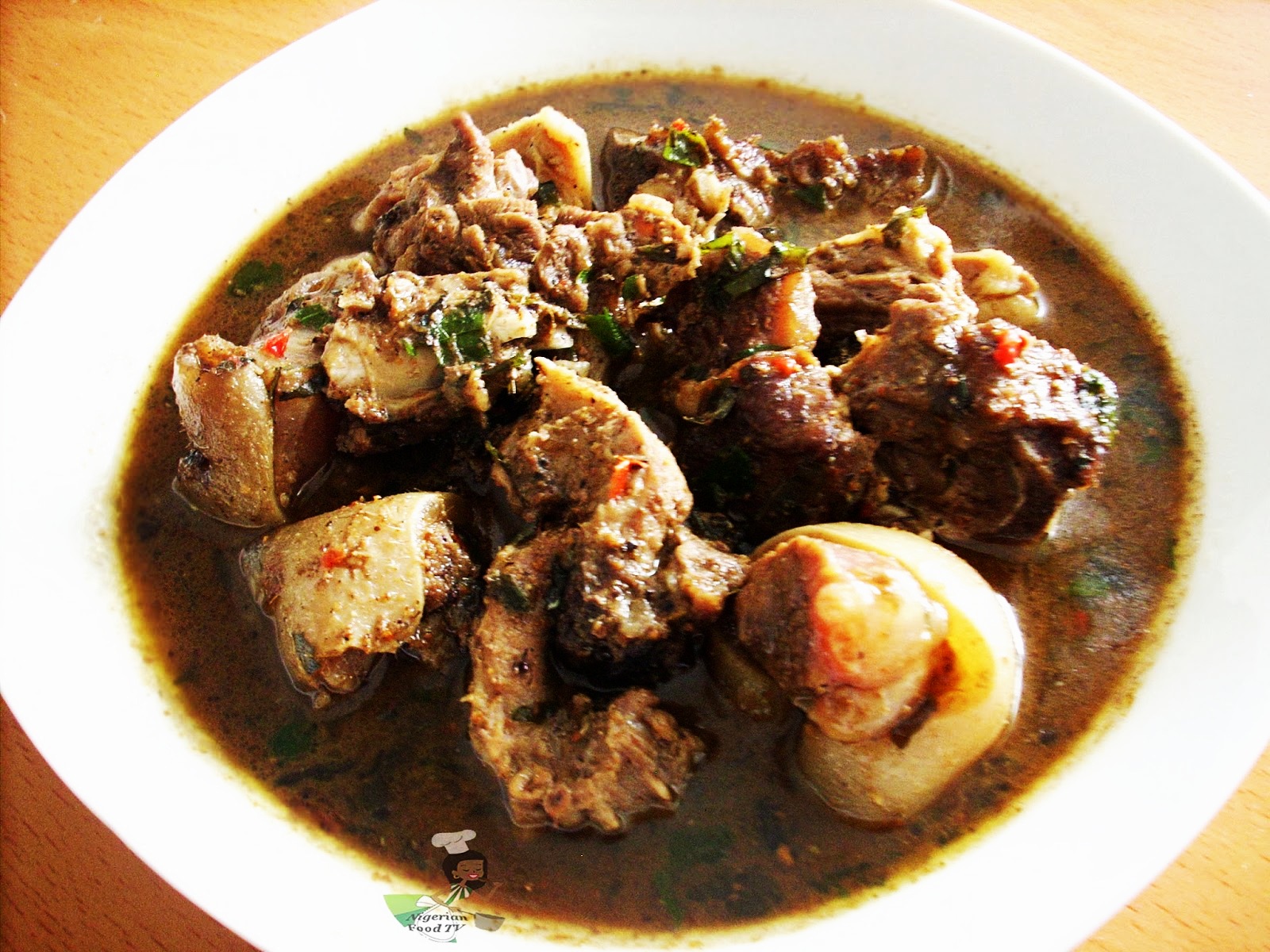

Now that’s a blog.